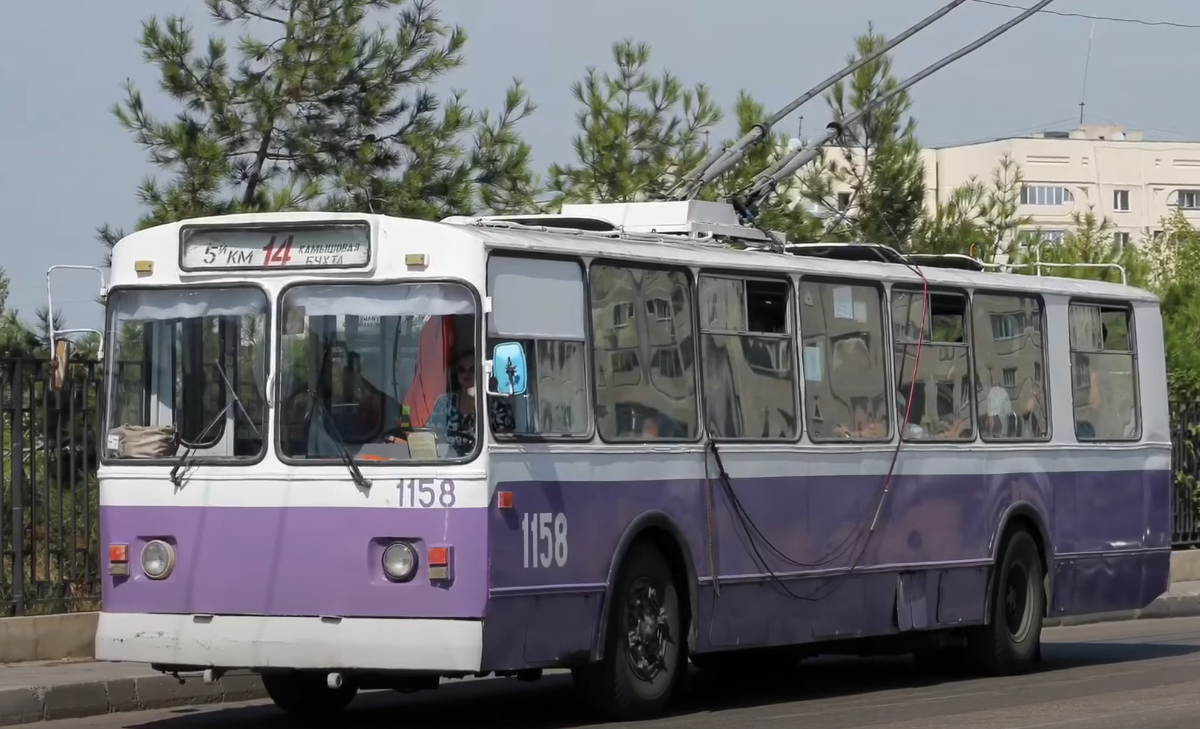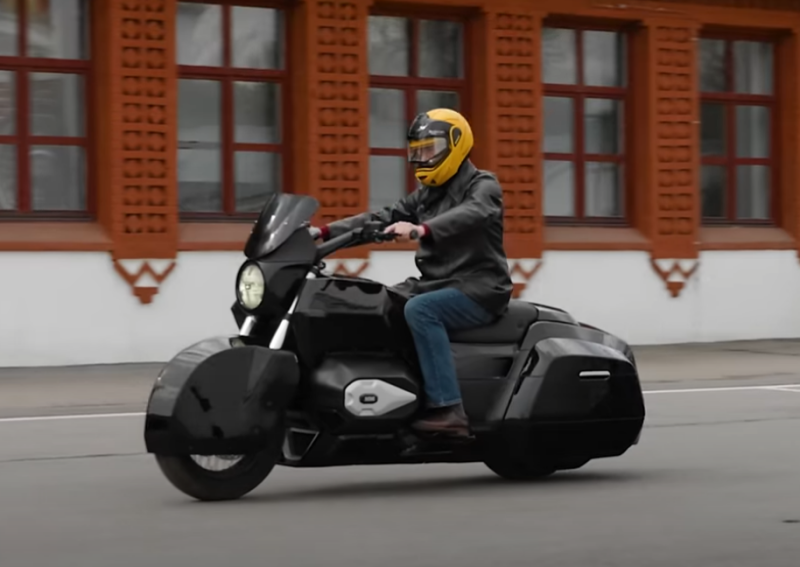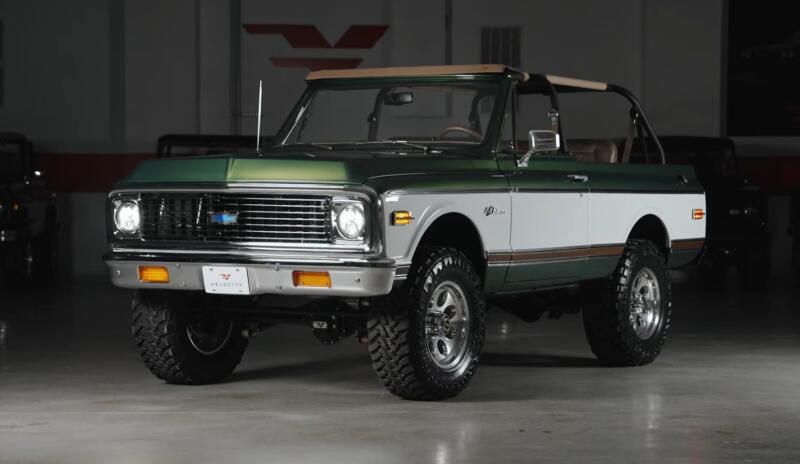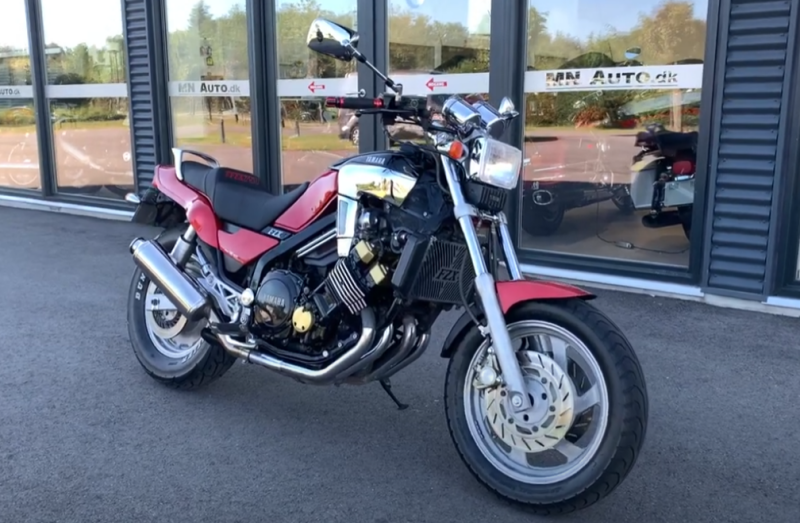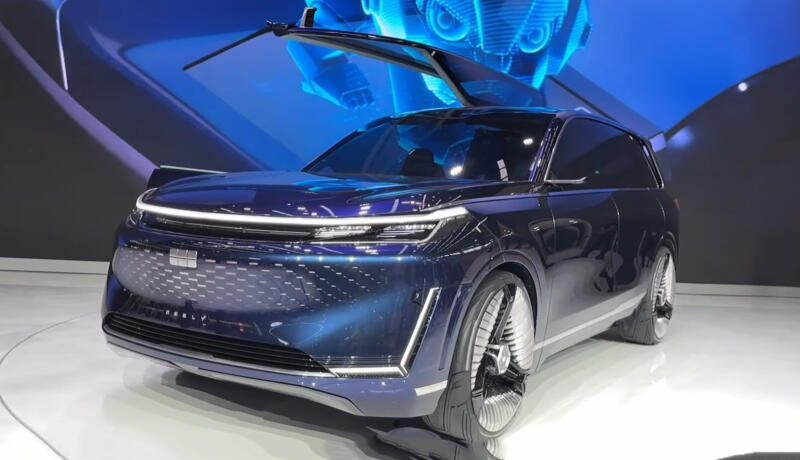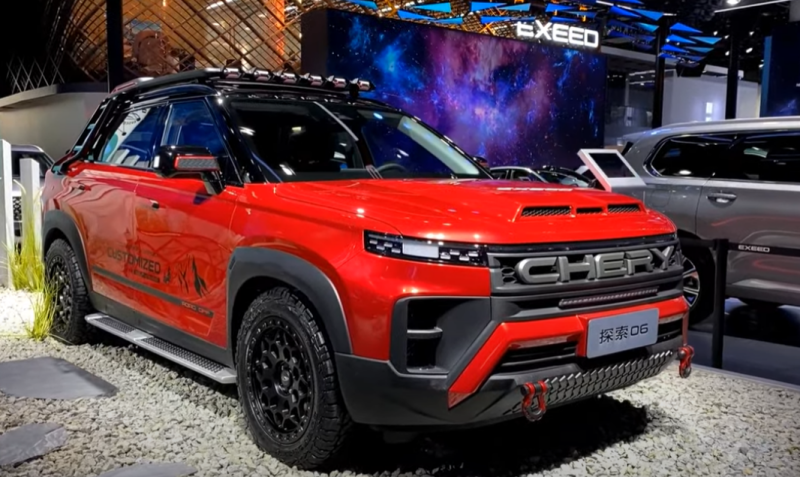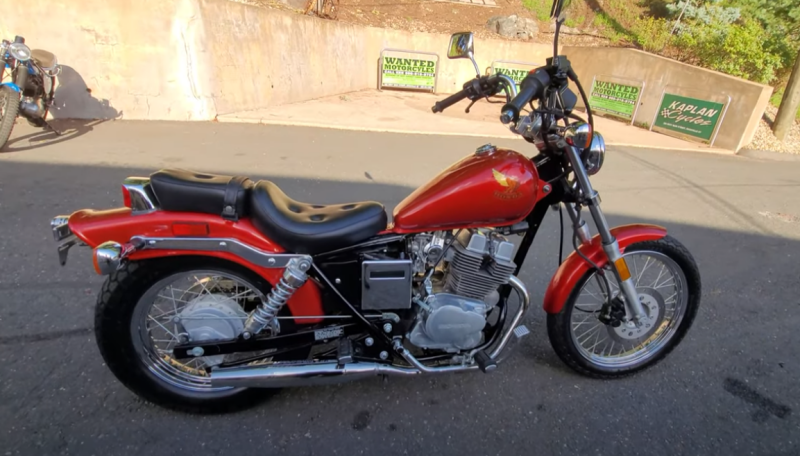Work on the ZiU-9, which was the forerunner of the 682 model, began in 1966. This machine subsequently became not only the most popular in the Soviet Union, but throughout the world.
Reasons for the appearance of three-door trolleybuses
Before ZiU-9, ZiU-5 worked in the USSR. In the second half of the 1960s, it became clear that this model was outdated. The country needs more spacious, durable and high-speed trolleybuses. And most importantly - they should become three-door.
 ZiU-5 is good, but small. Photo: Youtube.com
ZiU-5 is good, but small. Photo: Youtube.comThe fact is that since 1961, the control of fares and the sale of tickets was carried out by conductors working in salons. In order not to let the stowaways through, all passengers entered through the back door and exited through the front door.
When it was decided to reduce the number of conductors, coupons began to be sold at special ticket offices. After that, it became possible to use public transport with three or more doors.
In Hungary, they began to order Icaruses, and at the Uritsky Trolleybus Plant they began to develop a model of a three-door electric car.
ZiU-9
The new trolleybus was supposed to receive a number of innovations:
- ? Reduced front overhang - so that the steered axle is not overloaded
- ? The door drive was planned to be made electromechanical
- ? Powerful engine
- ? Power steering
ZiU-9 had a load-bearing welded body, made up of large-sized panels to simplify and reduce the cost of mass production.
 ZiU-9 became the face of large Soviet cities. Photo: Youtube.com
ZiU-9 became the face of large Soviet cities. Photo: Youtube.comThe new trolleybus was supposed to receive an automated system for maintaining the level of ground clearance and a high ride smoothness.
The ZiU-9 prototype was made in 1971. It quickly passed all factory and state tests and was approved for mass production. It began in 1972, when the trolleybus was already renamed ZiU-682, according to the designation system.
ZiU-682B
In the second half of 1972, the production of a new modification began. She was named ZiU-682B. This version became mass, unlike the previous one, which was produced in small batches. Three-door trolleybuses initially wanted to be used according to certain rules for passengers, by analogy with two-door ones.
It was only supposed to enter the back door, exit the front door, the middle one was considered universal. But the drivers, separated from the passengers by a partition, decided in their own way. They did not have a separate door, they had to use the front one. Many simply did not open it to passengers, reacting only to the anger of pensioners.
By the way, such an unspoken rule was in effect until the mid-1990s - drivers did not like to open the front door.
In 1973, the ZiU-682B were upgraded. The name of the trolleybus has not changed after that, but the car has received some improvements.
 The same wheel arches on early models. Photo: Youtube.com
The same wheel arches on early models. Photo: Youtube.comChanges after modernization:
- ? Wheel arches have become round, before that they had an angular shape
- ? The DK-207G electric motor was replaced with a more powerful DK-210
In addition, the trolleybus has received many minor improvements.
ZiU-682V
The modernization of Soviet technology was carried out according to its own principle. It was considered important not only to eliminate the shortcomings and refine the design, but also to reduce the cost in all possible ways.
The ZiU-682B trolleybus was subjected to a large-scale modernization in 1976, after which it received the letter "V" in the name. The main changes did not affect the appearance, but springs began to be used in the suspension instead of jet rods. The old system proved to be too complex and short-lived.
The salon lost one lamp - there were 11 of them instead of 12. The air vents, which were previously in each window, one at a time, became two times less. The number of skylights was also reduced - now there were three.
 The driver's cab was distinguished by Spartan amenities. Photo: Youtube.com
The driver's cab was distinguished by Spartan amenities. Photo: Youtube.comSome trolleybuses were equipped with electric rod catchers, but this option was received only by special order. Since 682, the ZiU-1996G has appeared as a regular system.
In 1983, the trolleybuses were slightly changed in appearance. The marker lights, called "boats" by drivers, were replaced with new ones, of a different, unified form.
Starting from 1984, trolleybuses began to be produced without lowering the floor level on the rear accumulation platform. This is due to insufficient rigidity of the body - there were cases when the floor simply fell through if a lot of passengers accumulated there.
In 1985, the direction indicators and signal lights were externally changed.
The next modernization took place in 1988. Then the DK-210 electric motor was replaced by the DK-213.
A year later, the Uritsky Trolleybus Plant began to produce a transitional modification of the ZiU-682V0V. The main difference is the pneumatic drive of the door opening mechanism.
Trolleybus with "accordion"
There were also articulated models based on the ZiU-682 in the Soviet Union. They were called ZiU-10 or 683 according to the new terminology. These models appeared much later - the first experimental batch in 1978.
 One of the experimental ZiU-683. Photo: Youtube.com
One of the experimental ZiU-683. Photo: Youtube.comBut then mass production could not be established, it was launched only from 1986. This model was produced in small quantities, and some of them immediately went abroad. Soviet trolleybuses were supplied and operated for a long time in Spain, Greece, and some Latin American countries. Naturally, the assembly for export was of high quality.
ZiU-683B were produced from 1986 to 1993. In total, 806 such machines rolled off the assembly line.
ZiU-682G
In the second half of the 80s, it became clear that Soviet trolleybuses were outdated and urgently needed large-scale modernization. Although the production of the ZiU-682V was in full swing on the assembly line, already in 1988 a batch of experimental 682G was assembled.
The model was introduced into production gradually - until 1991 it was assembled in parallel with the previous modification of the trolleybus, displacing it from the assembly line.
The new car received many improvements, both outside and inside:
- ? The air intake grille is located directly under the windshield
- ? Windows with vents on the starboard side have changed their location
- ? In the cabin, the number of standing places was increased by replacing part of the double-row seats with single ones.
The driver's cab has also been seriously redesigned - it is more comfortable and ergonomic. The partition became deaf, the door from the compartment - wider.
The collapse of the Soviet Union seriously affected the affairs of the Uritsky Trolleybus Plant. Output volumes have decreased tenfold. The production was renamed CJSC Trolza, since 2020 it has been called the Engels Electric Transport Plant.
 ZiU-682G 2006 release. Photo: Youtube.com
ZiU-682G 2006 release. Photo: Youtube.comIn the 1990s, several enterprises in Russia produced their own versions of the ZiU-682 under other names. Often they simply bought spare parts kits from the manufacturer and restored old decommissioned trolleybuses.
ZiU-682 in various modifications were supplied to more than 20 countries, becoming the most massive public electric transport in the world.
The model was mass-produced until 2013, then the plant abandoned it. But from 2014 to 2016 at least a few trolleybuses were produced on special order.
Unfortunately, at present, there are few ZiU-682 of any modification left. With the renewal of trolleybus fleets, they were gradually cut into metal, dismantled for spare parts. As a result, only a few dozen copies remained in all cities of the CIS, it is possible that they are still being used somewhere.
